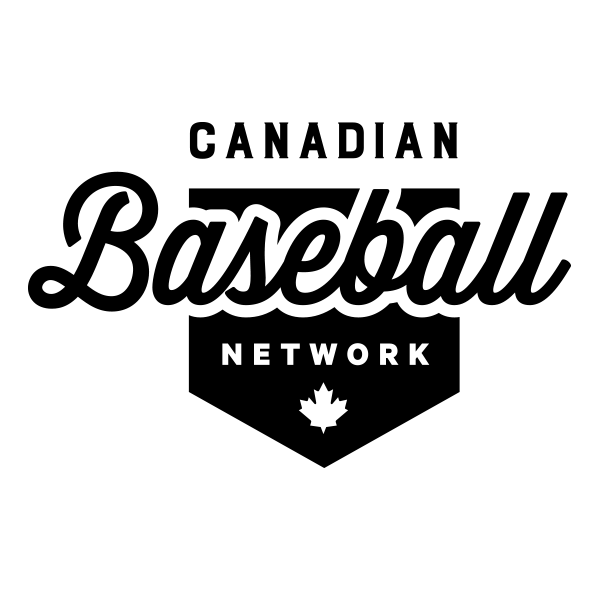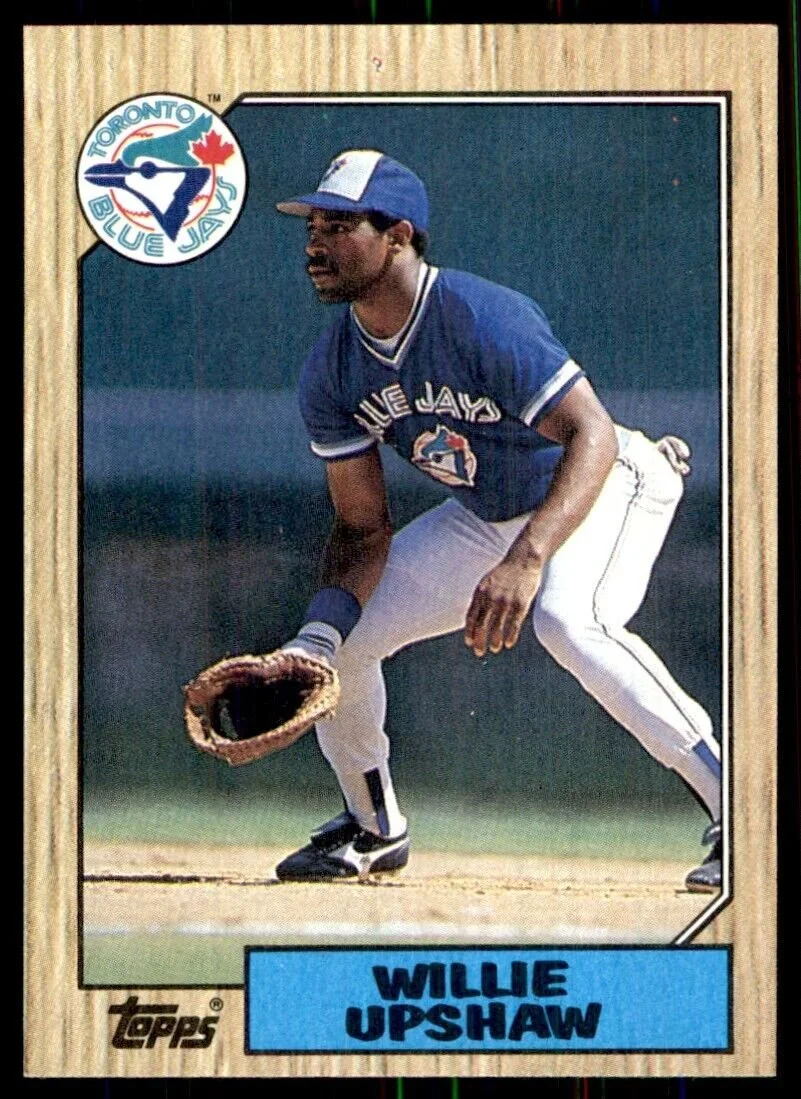Glew: Ode to Upshaw, the backbone of early Jays' contending teams
First baseman Willie Upshaw was the backbone of the Toronto Blue Jays’ earliest contending teams in the 1980s.
January 4, 2024
By Kevin Glew
Canadian Baseball Network
If you talk to a Toronto Blue Jays fan who’s old enough to have gone to games at Exhibition Stadium, one of the first things they are bound to do is break into an imitation of the way P.A. announcer Murray Eldon used to introduce Willie Upshaw.
“Now batting for your Toronto Blue Jays, number 26, first baseman Will-IE UP-shaw!”
More than 35 years have passed since the Blue Jays’ final game at Exhibition Stadium, but it seems fitting that Upshaw’s introduction is the first thing many recall when they share their memories from that era. After all, a strong argument could be made that Upshaw was the backbone of the Blue Jays’ first contending teams.
The athletic, left-handed hitting first baseman didn’t have the charisma of Lloyd Moseby or Jesse Barfield or the fieriness of George Bell, but Upshaw was a quiet leader and when he talked in the clubhouse, the other players listened.
“If he was in a slump, no matter, he was always busting his chops,” longtime Blue Jays TV analyst Tony Kubek once told the Ottawa Citizen about Upshaw. “You can teach hitting and fielding. You can’t teach character.”
This is probably what made Upshaw Pat Gillick’s favourite player. At least that’s how Upshaw was described in some newspaper articles in the 1980s.
That seems accurate given that it was Gillick who drafted and signed Upshaw for the New York Yankees in 1975 and then again, in the Rule 5 draft, for the Blue Jays, two years later.
The legendary former Blue Jays GM even mentioned Upshaw in his National Baseball Hall of Fame induction speech in Cooperstown in 2011 and Gillick would later say his most difficult day in baseball was when he sold Upshaw’s contract to Cleveland on March 25,1988.
Born in 1957 in Blanco, Tex., Upshaw was raised in a family with 14 brothers and sisters. In high school, he was a standout in basketball, football and baseball.
After the Yankees drafted him in the fifth round in 1975, the 18-year-old Upshaw was considering going to Texas Lutheran University to play football before Gillick convinced him to sign.
But Upshaw’s tenure in the Yankees’ organization lasted just three seasons and by 1977, Gillick was working as vice-president of player personnel with the Blue Jays. That year, the Blue Jays lost 107 games in their first season, which assured them the top pick in the Rule 5 draft. Gillick was delighted to find Upshaw available and the Blue Jays selected him first overall.
By choosing him, the Blue Jays were required to carry him on their big league roster for the 1978 season. Primarily an outfielder, Upshaw saw sporadic duty and finished the season with a .237 batting average in 95 games for the last-place Blue Jays.
Upshaw then spent the entire 1979 season with triple-A Syracuse before splitting 1980 between triple-A and the big-league club. In the strike-shortened 1981 campaign, he played the entire year in the majors but batted only .171 with four home runs and 10 RBIs in 61 games.
Following the season, the Blue Jays suggested Upshaw focus solely on playing first base. With tips from John Mayberry and countless ground balls hit to him by coaches, Upshaw made a smooth transition to first base and dazzled new manager Bobby Cox in Grapefruit League action in 1982. So much so that the club dealt Mayberry to the Yankees on May 5 and handed the starting first base job to Upshaw.
And Upshaw didn’t disappoint.
He became a staple in the middle of the order and topped the team with 21 home runs and 75 RBIs, which set the stage for his record-breaking 1983 campaign.
With the Blue Jays challenging for the American League East title for the first time, Upshaw thrived. He batted .306 with 27 home runs and established then Blue Jays’ single-season records with 104 RBIs (and also became the first Jay to knock in 100 runs in a season), total bases (298), extra-base hits (60) and slugging percentage (.515). For his efforts, he was named co-winner (along with Moseby) of the team’s Labatt’s Player of the Year Award.
Upshaw’s numbers dropped off in 1984 when he suffered a wrist injury, but he still finished with 19 home runs and 84 RBIs. His statistics declined further in 1985 and he missed time due to an abdominal injury, but he returned to homer in the Blue Jays’ division-clinching 5-1 win over the Yankees on October 5.
Unfortunately, Upshaw’s production continued to tail off the next two seasons. He belted just nine home runs in 1986 and hit .244 with 15 home runs in 1987.
With Upshaw’s numbers in steady decline and first base prospects Fred McGriff and Cecil Fielder waiting in the wings, the Blue Jays sold Upshaw’s contract to Cleveland on March 25, 1988.
It was a sad day for Gillick and for many of Upshaw’s Blue Jays teammates.
“Today when Willie left the park, it was like part of me leaving,” Moseby told The Ottawa Citizen on the day of the transaction.
Upshaw played one season with Cleveland before signing with the Fukuoka Daiei Hawks of the Japan Pacific League. He’d spend parts of two seasons in Japan and belt a career-high 33 home runs in 1989.
Following the 1990 season, he became a roving hitting instructor in the Blue Jays’ organization before he was hired as the Texas Rangers big league hitting coach in 1993. He returned to the Blue Jays as a roving instructor in 1995 prior to being named the club’s big league hitting coach for the 1996 and 1997 seasons.
Since then, Upshaw has held coaching roles in the Cleveland Guardians and San Francisco Giants organizations. But he has spent most of his time close to his home in Fairfield, Conn. He managed the independent Atlantic League’s Bridgeport Bluefish for two stretches from 1998 to 2000 and then from mid-2009 to 2014.
Now 67, Upshaw is mostly retired, but he has participated in alumni events for the Blue Jays in recent years.
And you can bet that at some of those functions, someone will inevitably break out their best Murray Eldon impression and say, “Now entering the room Will-IE UP-shaw!”

